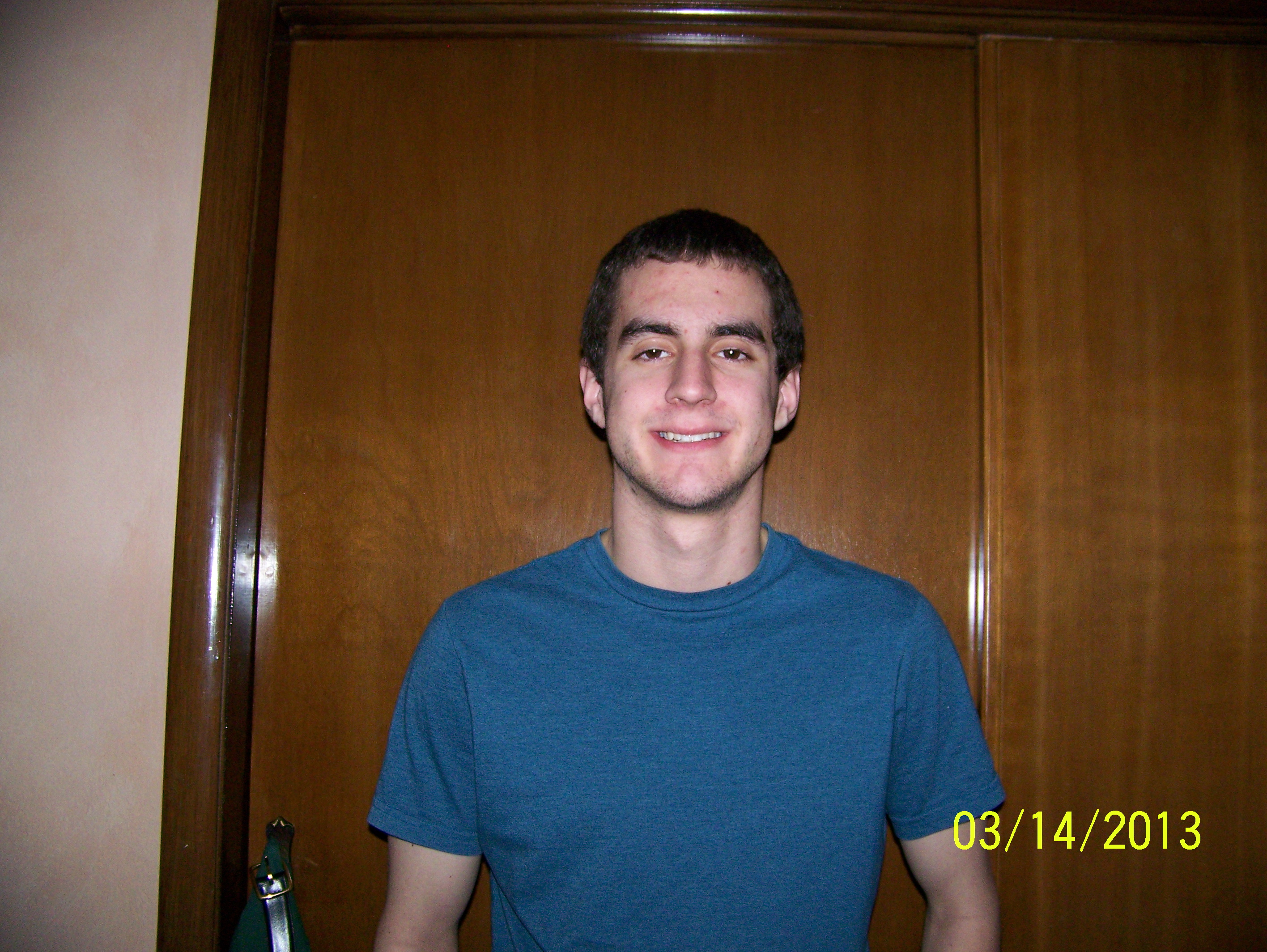Celebration of Scholars
Analysis of Diffuse Interstellar Bands in Open Cluster NGC 7160
 Name:
Cory Schrandt
Name:
Cory Schrandt
Major: Physics
Hometown: Kenosha
Faculty Sponsor:
Other Sponsors:
Type of research: SURE
Funding: NSF
Abstract
The diffuse region of the interstellar medium
(ISM) has been studied for nearly 100 years. Early in these studies,
unidentified absorption bands were observed in the visible light spectra of
most hot stars. Chemical identities of diffuse interstellar bands (DIBs) remain
unknown to this day, despite having been the subject of numerous surveys and
atlases. In this study, we approach this mystery in a novel way by
investigating the variation of DIB strength in NGC 7160, an open cluster of
common Sun-like stars. The data was collected by the HYDRA fiber-fed spectrograph on the WIYN 3.5 m telescope located at Kitt Peak in Arizona. The results indicated that cooler stars could, in fact, be used as back-lights for measuring DIBs with large equivalent-widths. There was also a linear relationship that was discovered between the distance of the star and the amount of absorption that occurred due to the DIB.
